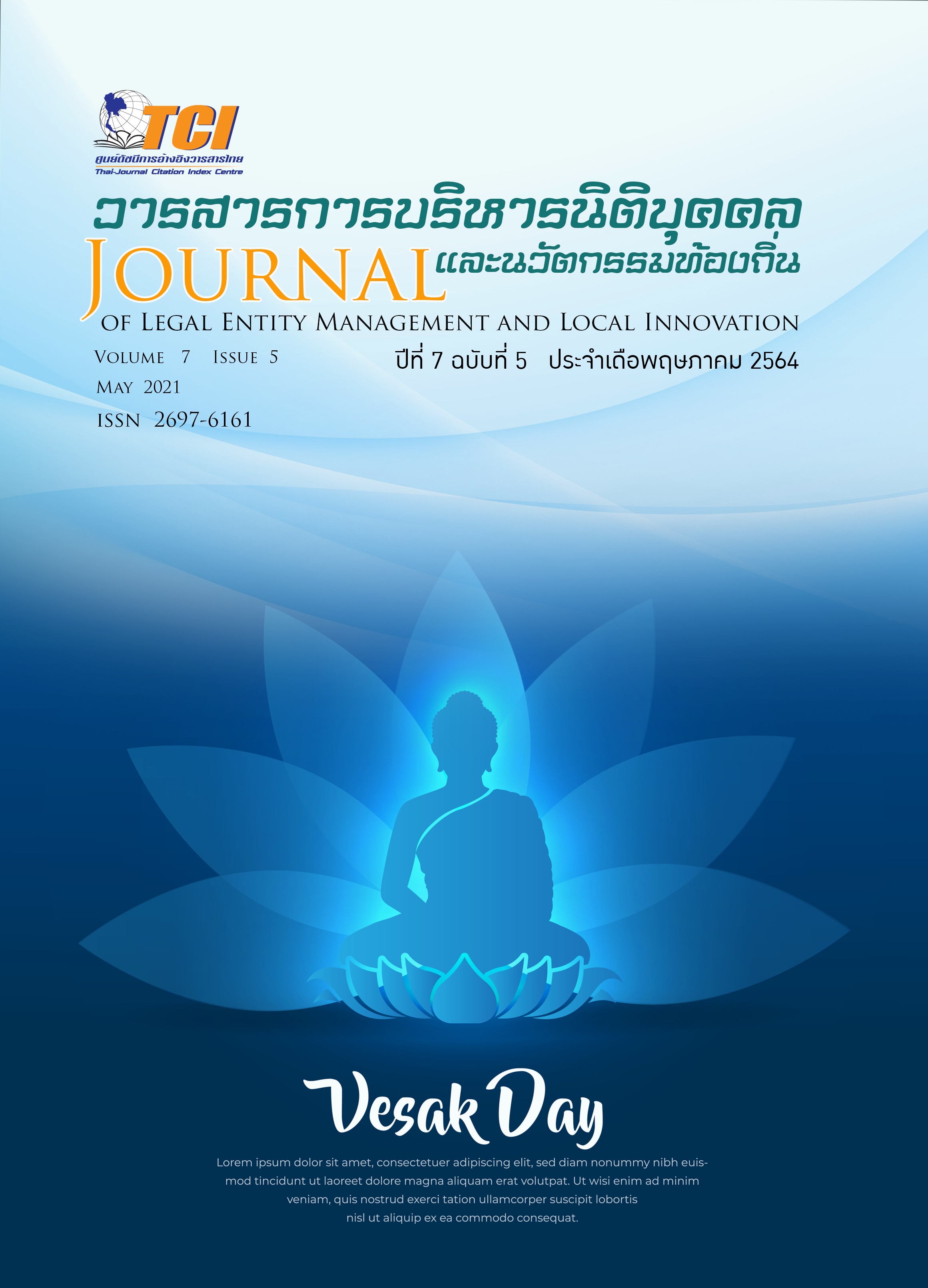Pattern of Organizational Culture Affecting the Effectiveness of Educational Institutions under Nakhonsawan Primary Educational Service Area Office 2
Keywords:
Pattern of Organizational Culture, Effectiveness of EducationnalAbstract
The purposes of thesis were: 1) to study the level pattern of organizational culture under Nakhonsawan Primary Educational Service Area Office 2, 2) to studies the level of the effectiveness of educational institutions under Nakhonsawan Primary Educational Service Area Office 2, 3) to study the relationship between pattern of organizational culture and the effectiveness of educational institutions under Nakhonsawan Primary Educational Service Area Office 2 and 4) to create equations for forecasting pattern of organizational culture that can predict the effectiveness of educational institutions under Nakhonsawan Primary Educational Service Area Office 2. The sample groups were 306 administrator and teachers of basic education institutions under Nakhonsawan Primary Educational Service Area Office. Using a questionnaire tool, it was found that the IOC of the questionnaire was between 0.60 - 1.00 and the confidence value. (Reliability) is 0.965. The statistics used for analyzed in terms of frequency, means, standard deviation, Pearson,s Product Moment Correlation Coefficient; r and Stepwise Multiple Regression Analysis. The results was found that: 1). The overall of pattern of organizational culture under Nakhonsawan Primary Educational Service Area Office 2 were at a high level. When considering all forms of organizational culture, it was found that all forms of practice were at a high level. It was based on the pattern that has a descending average: achievement culture, followed by adaptability culture, clan culture and bureaucratic culture, respectively. 2). The overall of the effectiveness of educational institutions under Nakhonsawan Primary Educational Service Area Office 2 were at a high level. When considered in each aspect, every aspect of the practice was in a high level. By considering the aspects that at a high average, as follows: teachers and personnel, followed by the academic ability and desirable characteristics of the learners, the competence of the administrators, and the environment of educational institutes, respectively. 3). The results of the analysis of the relationship between pattern of organizational culture and the effectiveness of educational institutions under Nakhonsawan Primary Educational Service Area Office 2, it was found that organizational culture had a moderate positive relationship with the effectiveness of educational institutions under Nakhonsawan Primary Educational Service Area Office 2 was significantly different at the level of 0.01 (r = 0.69). 4). There are variables in achievement culture (X4), bureaucratic culture (X2) together predict organizational culture that can predict the effectiveness of educational institutions under Nakhonsawan Primary Educational Service Area Office 2 with statistical significance (p-value <0.001). All 2 variables can explain the variation of the moral level of effectiveness by 68 percent (R2 = 0.68). Create a forecast equation as follows. The regression coefficients in raw score = 4.08 + 0.19 (X4) + 0.15 (X2) The regression coefficients in standard score y = 0.27 Z4 + 0.26 Z2


